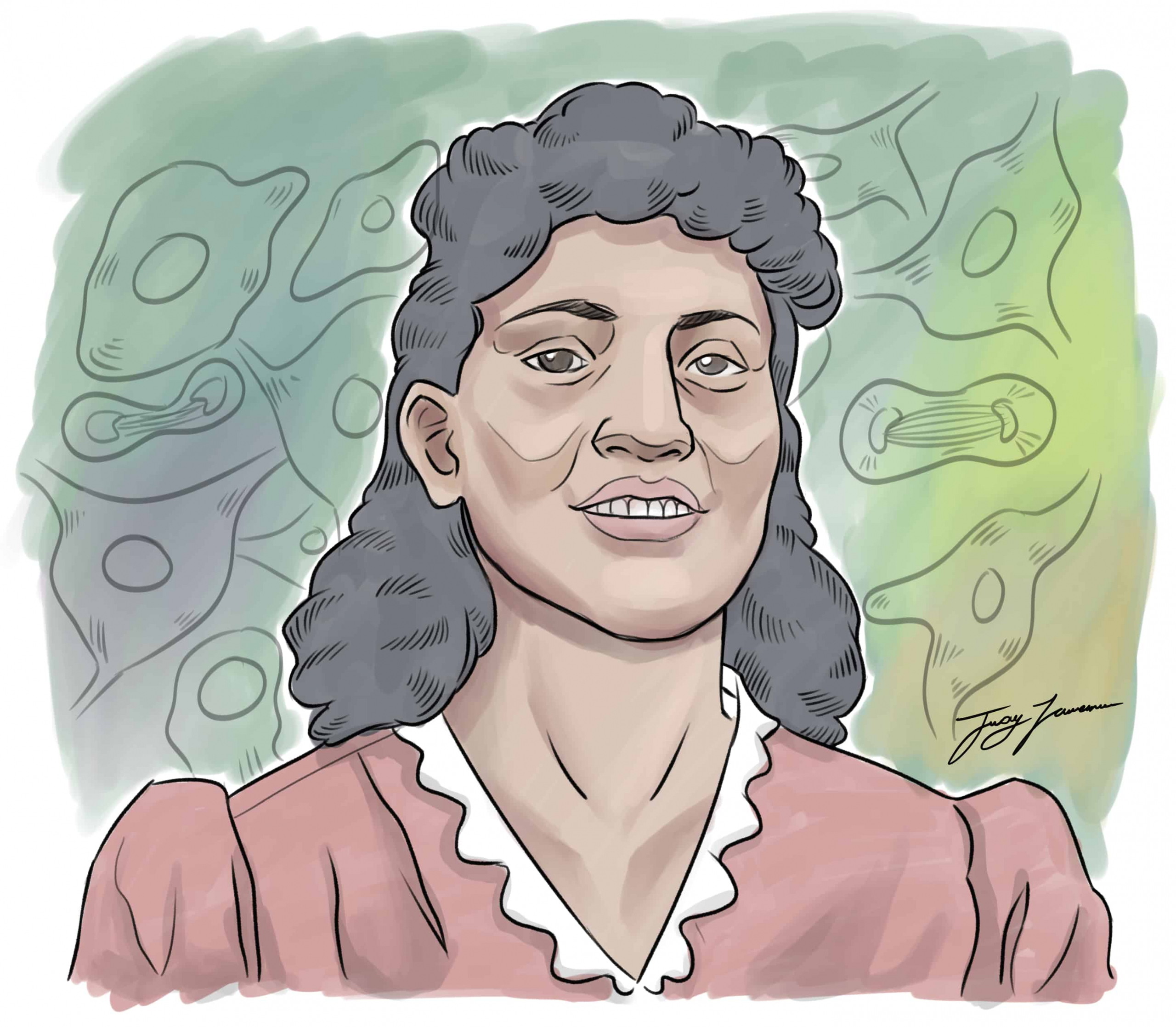Henrietta Lacks was a cervical cancer patient who grew up in a poor family of tobacco farmers in Virginia. She died at the age of 31.
As described in her biography, The Immortal Life of Henrietta Lacks by Rebecca Skloot, despite the radiation treatment that left her burned from chest to pelvis, Lacks’ cancer followed her to her deathbed in Baltimore, Maryland.
In the “coloured” ward of The Johns Hopkins Hospital, where she received medical care from white doctors for her cancer, a part of her was unknowingly removed by her practitioners. Her doctors took a sample of her tumour to cell biologist George Gey, who sought to find human cells that could persist in cell culture.
Lacks’ cells, now called HeLa cells, enabled Gey to culture the first line of human cells that could persist indefinitely outside of the donor’s body under controlled conditions. This profoundly affected medical research, explained U of T biochemistry professor Igor Stagljar.
“The most significant application of HeLa, in my opinion, was in the development of the first polio vaccine,” said Stagljar. “In 1952, Jonas Salk tested his first polio vaccine on HeLa cells and then used them to mass produce it.”
In addition to playing a key role in developing the polio vaccine, HeLa cells have “been instrumental in gene mapping and studying human diseases, especially cancer,” said Stagljar. They have also been used to study “radiation, cosmetics, the effect of toxins or other chemicals, and even small molecule drugs on human cells.”
But in the years since, Hopkins researchers failed to inform the surviving Lacks family members of exactly how Lacks’ cells, taken without permission, have been used to solve profound problems in medical research around the world. Researchers also took samples from them for testing, explained Stagljar, without informing them that they intended to use the samples to research HeLa cells.
Instead, Lacks’ children heard “garbled accounts of UK scientists using HeLa for cloning research.” In their minds, they could imagine that their mother was being cloned for experimentation.
The family remained in poverty in the decades prior to the biography’s publication, unable to afford health insurance, while pharmaceutical firms made great profits from patents involving HeLa cells.
Skloot’s work helped Lacks’ children find answers about how their mother’s living cells have been used in medical research. Skloot also helped relieve the financial struggles of the Lacks family, using the royalties from her book to establish the Henrietta Lacks Foundation, which provides medical and dental care for her descendants.
HeLa cells in U of T research
Stagljar’s research team in particular has conducted research with HeLa cells to study membrane-protein interactions or protein-protein interactions to develop new treatment options for cancer. Using HeLa cells enables his team to study changes in human-like cells without a human subject.
Stagljar credits his research team’s use of HeLa cells for a discovery that became the cover story of Molecular Cell in January 2017. The research mapped interactions between receptor tyrosine kinases and protein tyrosine phosphatases. This fundamental work could lead to new cancer drug targets.
“A little problem with HeLa cells is that they don’t have a normal human karyotype, or [a normal] number of chromosomes,” explained Stagljar. A chromosome is essentially a bundle of DNA, and HeLa cells have 76–80 chromosomes, whereas a normal human cell has 46.
“The extra chromosomes came from the infection by human papilloma virus that led to a cancer in Henrietta Lacks’s body,” said Stagljar. “So while HeLa cells resemble normal human cells in many ways, they are… not entirely human.”
To address the effects of the abnormal chromosomes of HeLa cells, Stagljar said that his research team sometimes must confirm “results that we obtained in HeLa cells in other human cell lines.”
Despite this, HeLa cells continue to be used due to their ease of culturing.
Ethical concerns remain
Stagljar reflected that the use of HeLa cells in research continues to raise ethical questions. He recalled that in 2013, a German research team mapped the entire HeLa genome and made it public without consulting the Lacks family.
“Doing so broke no laws or rules,” wrote Laura Beskow in the Annual Review of Genomics and Human Genetics, but “because these data provided some probabilistic information about Henrietta Lacks and her descendants, now known to millions by name, criticisms concerning privacy and informed consent intensified.”
The researchers responded by removing the sequence from the public domain and the director of the National Institutes of Health (NIH) spoke with Lacks’ family.
In the final agreement, wrote Beskow, researchers funded by the NIH who sequence HeLa cell lines “are expected to deposit the data in a controlled-access database.” Researchers who wish to study the genetic sequences must submit an application for review by a committee, which “includes members of the Lacks family.”
Since the publication of Skloot’s book, Lacks has also received formal recognitions for her contributions to research. The NIH acknowledged the significance of Lacks’ life in 2013, and Johns Hopkins University announced in October 2018 that it would name a new research building in honour of Lacks.


